Horticulture
-
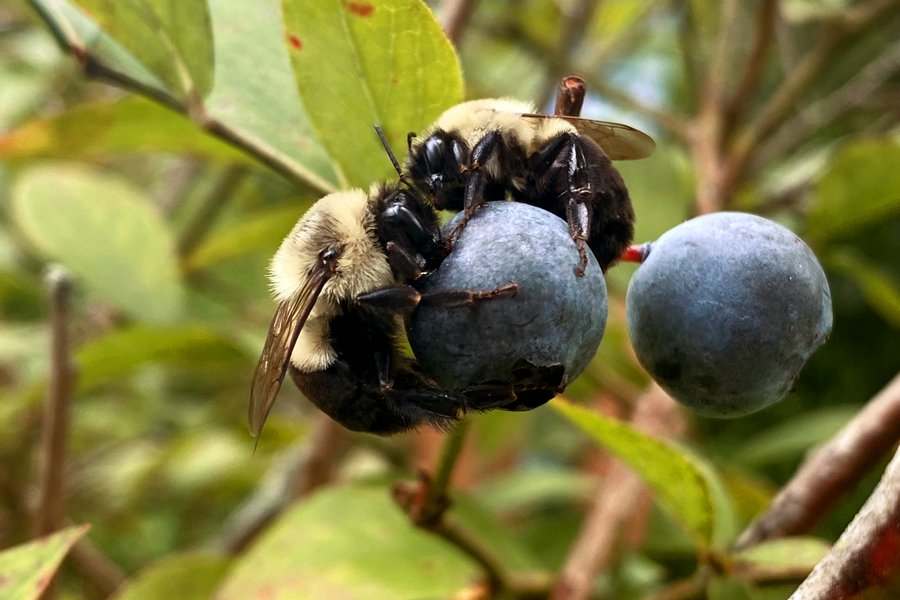
Autor adicional: Michael Ulyshen, entomólogo investigador, Servicio Forestal de EE. UU. Esta guía muestra las abejas silvestres más comunes de las
plantaciones de arándanos en el sur de Georgia. El material
presentado aquí es un resumen visual del muestreo de 2021
y 2022 en campos comerciales de arándanos de los condados
productores más importantes: Bacon, Pierce y Ware. En total, se
encontraron más de 70 especies de abejas. La contribución de las abejas silvestres a la polinización de los arándanos es cada vez más reconocida. La identificación adecuada de estos insectos en el campo es una parte fundamental de los esfuerzos de conservación. (English: This guide shows common wild bees found in commercial
blueberry fields in southern Georgia, based on sampling in the
2021–2022 seasons in three major producing counties: Bacon,
Pierce, and Ware. In total, more than 70 bee species were found. The contribution of wild bees to blueberry pollination has is becoming widely recognized. Proper identification of these insects in the field is critical part of conservation efforts.)Bodie V. Pennisi, Jason Schmidt, and Sarah Miranda Rezende
|
-
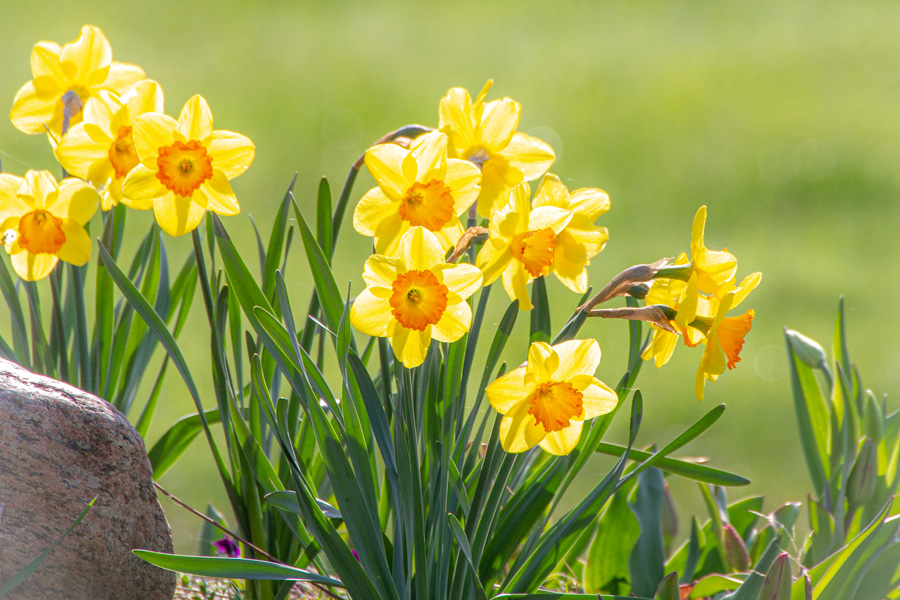
A wide variety of bulbs grow well in Georgia. Most are grown for their flowers and some for their foliage. They are grown as pot plants, in shrub borders, naturalistic plantings and in mass displays. Bulbs offer a certain magic to the landscape virtually unrivaled by other plants.
Paul A. Thomas and Bodie V. Pennisi
|
-
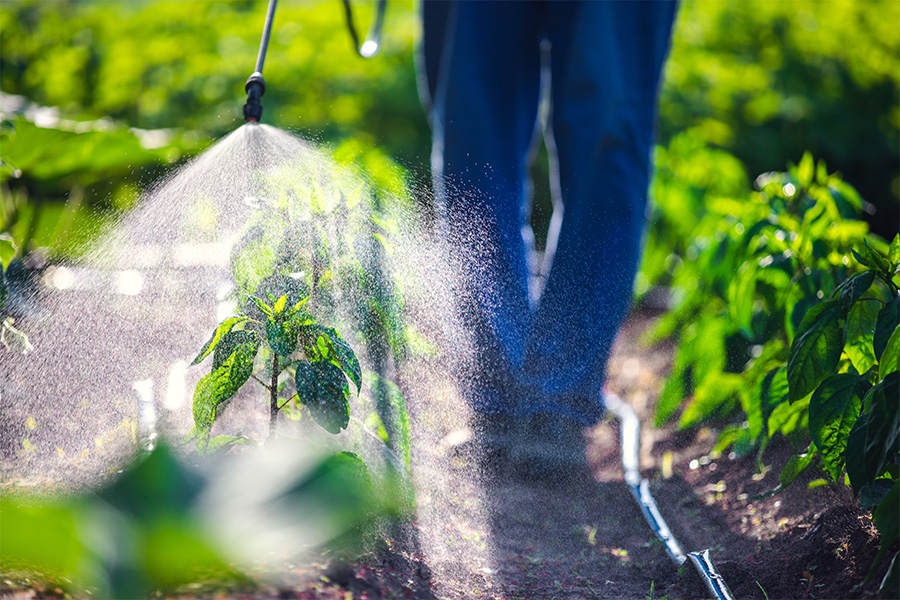
Fertilizer injectors are devices used to apply water-soluble fertilizers, pesticides, plant growth regulators, wetting agents and mineral acids during crop production. They are a vital part of modern greenhouse or nursery operations. Despite the advantages, many growers have had at least one experience with a compromised, damaged or even ruined crop where the cause was traced to a malfunctioning injector. Just like other mechanical devices, proper and frequent maintenance and calibration are crucial steps to ensure optimal injector performance and, thus, healthy crops.
Bodie V. Pennisi
|
-
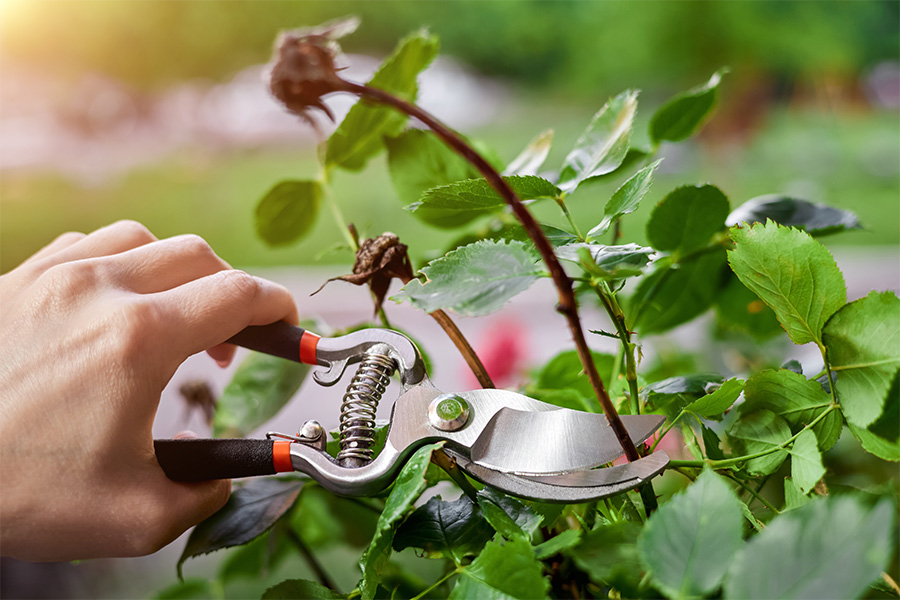
This resource provides guidelines for proper pruning that help you grow healthy vigorous plants and create lasting landscape beauty.
Bodie V. Pennisi
|
-
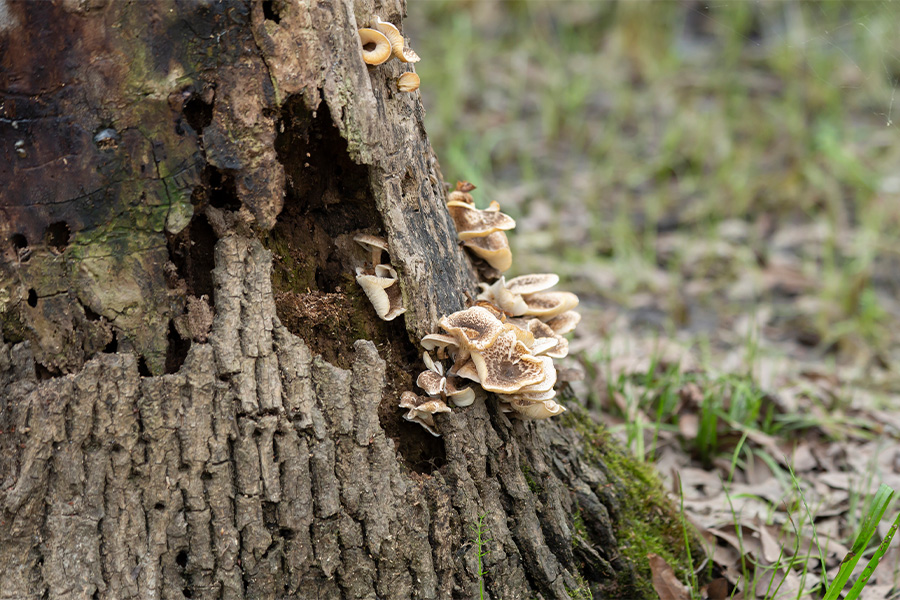
C 1100
Is My Tree Dying?
This publication outlines a tree inspection process that will help the homeowner identity potential problems and more effectively discuss the tree’s condition with an Extension agent or certified arborist. The inspection begins at the base of the tree and moves to the canopy, highlighting potential tree health problems.
Wade Hutcheson, Bodie V. Pennisi, Mary Carol Sheffield, and Ellen M. Bauske
|
-
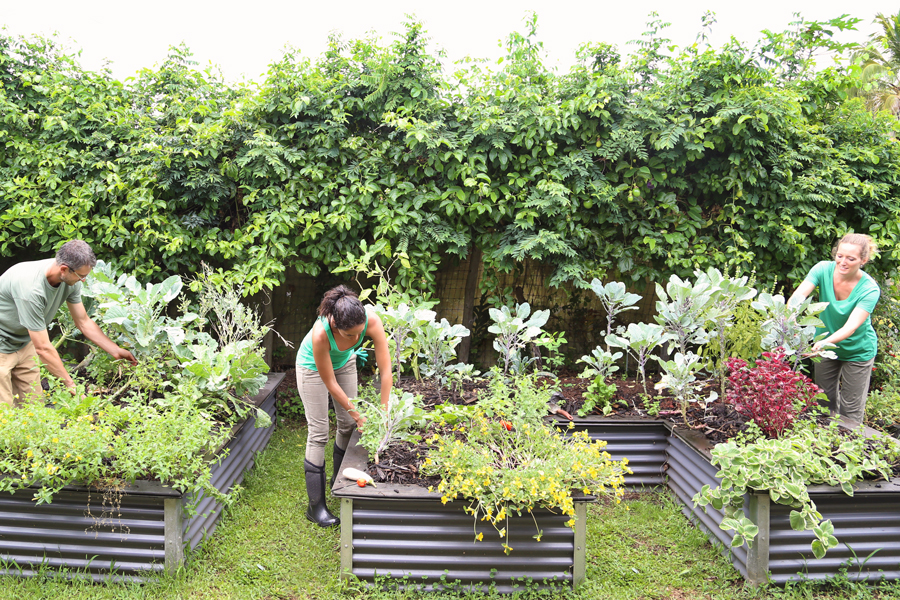
Summer management of the school garden can be a challenge for educators and school gardeners. This resource presents several possible strategies for handling the garden so that teachers and administrations come back to school in the fall with a garden ready for use.
Becky Griffin, James Morgan, and Erin Harper
|
-
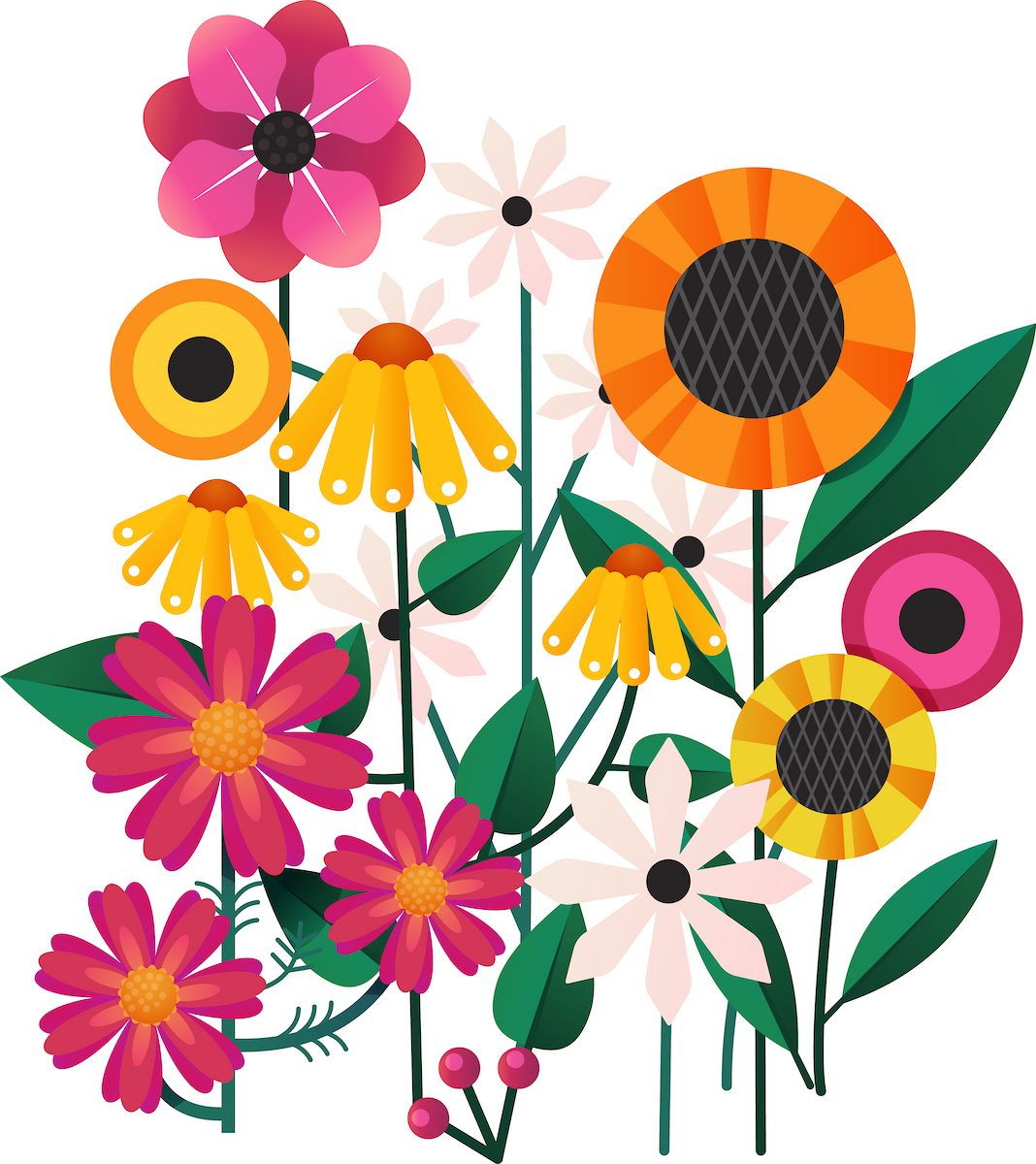
Wildflowers not only beautify the landscape but also provide food and shelter for myriad insects, birds, and mammals. Georgia is rich in endemic (belonging in a particular area or environment) species which grow in a wide variety of habitats, from coastal dunes and pine sandhills to savannas, meadows, and forests. Although many species are primarily seen in undisturbed natural habitats, others have adapted to human-created landscapes, such as roadsides and farms, and are frequently seen on road banks and edge habitats. This publication is intended as a visual guide to common herbaceous plants encountered mainly in sunny areas in South Georgia. Although by no means inclusive or extensive, the list contains plants that are easy to recognize and valuable for wildlife.
Bodie V. Pennisi, Jason Schmidt, and Keren Giovengo
|
-
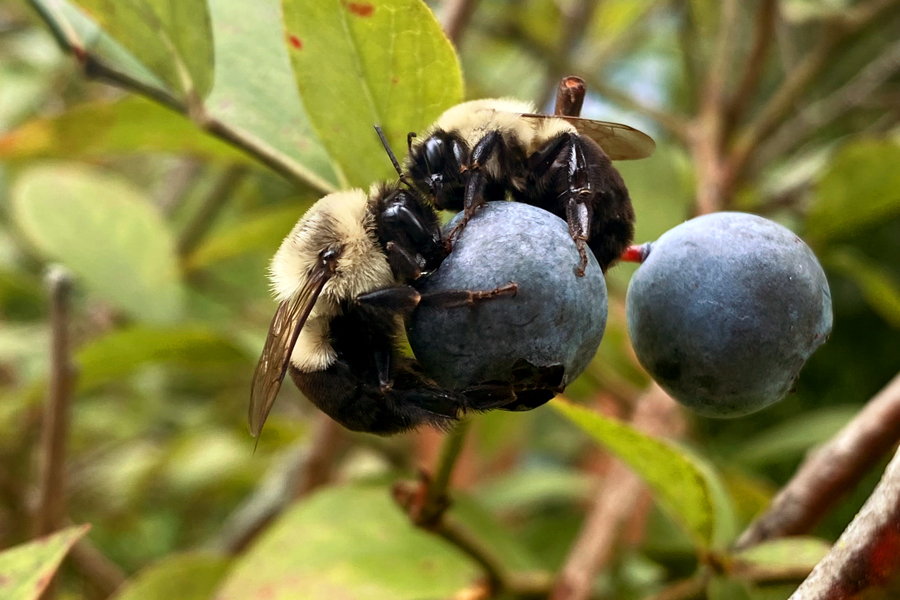
Additional author: Michael Ulyshen, Research Entomologist, U.S. Forest Service. This visual guide helps people identify common wild bees encountered in blueberry systems. The contribution of wild bees to blueberry pollination has is becoming widely recognized. Proper identification of these insects in the field is critical part of conservation efforts.
Bodie V. Pennisi, Jason Schmidt, and Sarah Miranda Rezende
|
-
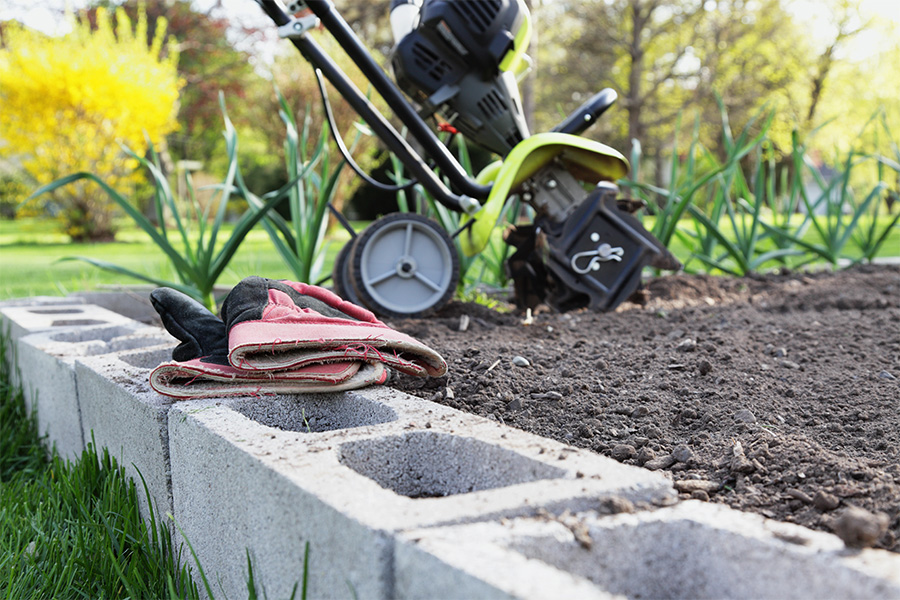
Most gardeners realize that they must manipulate the soil in their garden to successfully grow vegetables. Whether by hand, with a shovel, or a mechanical piece of equipment, tilling is an important practice for reducing compaction and mixing organic amendments into the soil. While smaller gardens and most raised beds can be turned with hand tools, larger gardens may require more sizable equipment. One of the home gardener’s most useful tools is a mechanical tiller.
Bob Westerfield
|